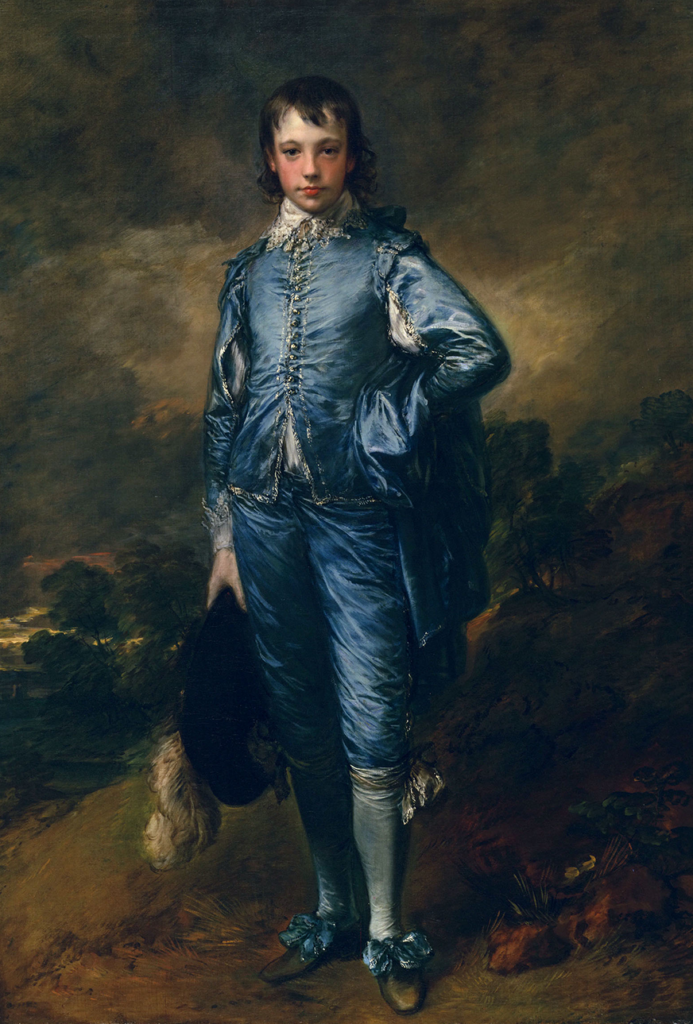Opinion
Gainsborough’s ‘Blue Boy’ Was the World’s Greatest Painting—When It Was the Most Expensive One
THE DAILY PIC: The Huntington's gem broke records in 1921, and shot to fame in the U.S. Was that because it billed nouveau-riche as old money?

THE DAILY PIC: The Huntington's gem broke records in 1921, and shot to fame in the U.S. Was that because it billed nouveau-riche as old money?

Blake Gopnik

THE DAILY PIC (#1749): This, of course, is The Blue Boy, painted in 1770 by Thomas Gainsborough and the greatest treasure of the Huntington Library near Pasadena.
I say “of course,” but it is no longer a safe bet to imagine that most readers of my Pic will know the painting, as they all would have done 50 years or more ago. In the 1970s, my grandfather, an immigrant grocer with a very limited education, talked about the “Blue Boy” as quite obviously the greatest painting ever made – although I doubt he could have named even one other one except maybe the Mona Lisa. He certainly couldn’t have spelled out why the Gainsborough counted as great. As I’ve written elsewhere, the “Blue Boy” probably shot to world fame from the simple fact that, in 1921, it earned headlines as the most expensive painting ever sold—just as the once-unknown Portrait of Adele Bloch-Bauer, by Gustav Klimt, also became famous after it set the same record in 2006.
In California, I was overjoyed to finally see my sweet Grandpop’s favorite painting, if only several decades after his death. And I can’t say that his fancy-pants grandson had any more luck than he did in accounting for its greatness—which, despite the lousy reason for its original celebrity, became evident when encountered in the flesh.
We only have guesses at the name of the boy who sat for the portrait, and most people think that it was meant to function more as a character study of the patrician type than as a picture of an individual—its sitter is playing a part as much as he’s being himself. It feels to me as though Gainsborough is faced with the task of figuring out how to render a living image of Britain’s new industrial and merchant elites that could match their growing power in the dawning age of global industry. (The blue-clad lad may have been the son of a prosperous dealer in iron and hardware.) This more generic, theatrical task brought out Gainsborough’s illusionist’s talents in a way that portraits of real people only sometimes did. Casting the newly powerful and nouveau-riche as old might and old money was a task worthy of Gainsborough. Was that also what made the picture so precious to California’s new elite?
For a full survey of past Daily Pics visit blakegopnik.com/archive.